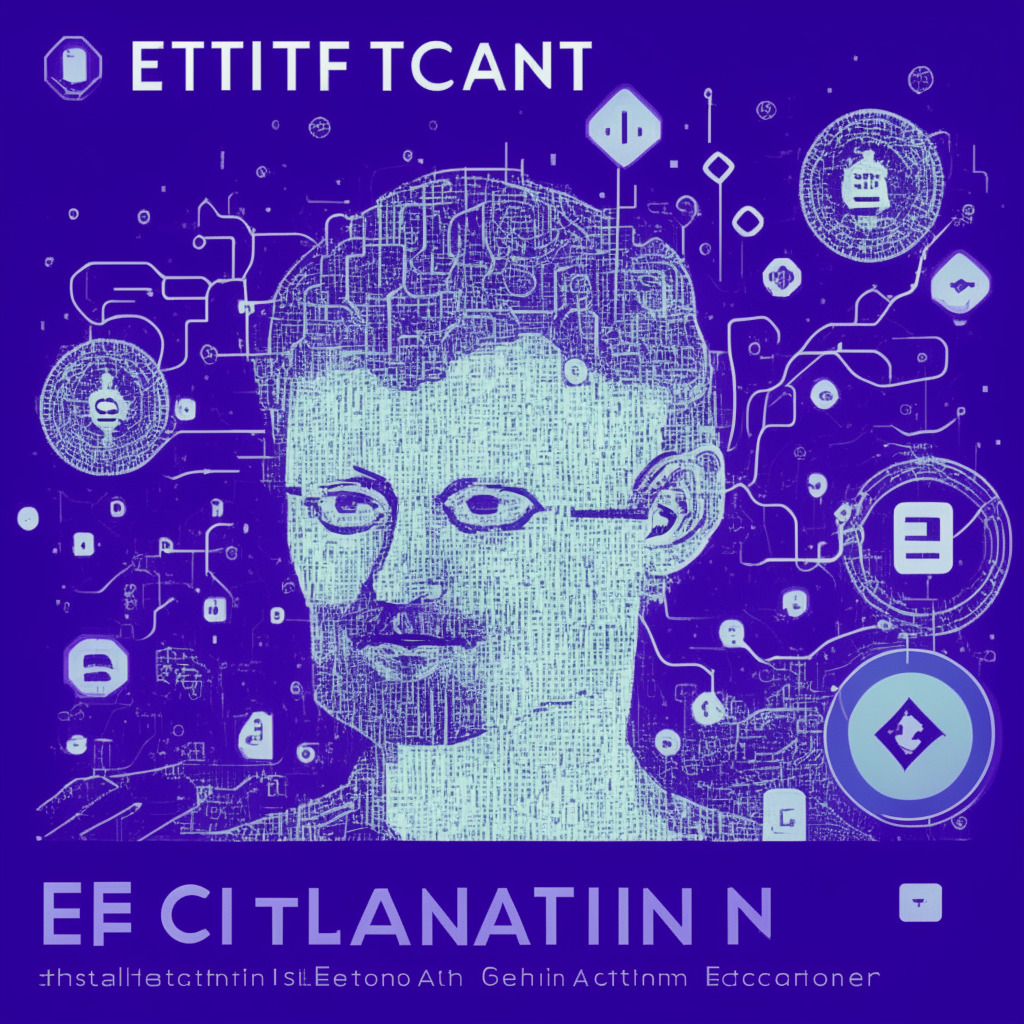The cryptocurrency community has experienced a new wave of excitement with the emergence of the BRC-20 token standard on the Bitcoin blockchain. This development mainly stems from the rising popularity of meme coins like Pepe (PEPE) and Memetic (MEME). The BRC-20 standard, based on Ethereum’s ERC-20, has been used to mint over 8,500 tokens, with many of these being meme coins.
BRC-20 tokens offer a unique proposition to developers, allowing them to generate and exchange fungible tokens using the Ordinals protocol. While similar to the ERC-20 standard in its concept, the BRC-20 differentiates itself by not relying on smart contracts. Instead, it requires a Bitcoin wallet, facilitating the creation and transfer of tokens on the Bitcoin mainnet. Since its inception by an anonymous on-chain analyst named Domo in early March, the market cap of BRC-20 tokens has witnessed a remarkable 600% growth in just one week, reaching a staggering $120 million.
One of the most significant impacts of BRC-20 meme tokens is their effect on Bitcoin transactions. Between April 29 and May 2, these meme tokens surpassed the traditional monetary transfers on the network. This development, in turn, has led to a surge in transaction fees – miners have earned an additional 109.7 BTC in fees since late April.
While the rise of BRC-20 tokens and meme coins has generated excitement, it has also raised some concerns regarding the sustainability and future of the crypto world. As meme tokens previously thrived on the Ethereum blockchain, their spread to the Bitcoin network has given rise to questions surrounding network congestion, which could lead to even higher fees.
On one hand, the integration of BRC-20 has opened the doors for meme coins on the Bitcoin blockchain, drawing more attention to the space and potentially expanding the reach of Bitcoin itself. On the other hand, skeptics might argue that the increasing popularity of these meme coins could result in an erratic and unstable cryptocurrency environment, as well as congestion and increased fees.
Irrespective of the concerns, the current meme coin frenzy on the Bitcoin blockchain reveals a curiosity among crypto enthusiasts and developers alike. The entrance of the BRC-20 standard has unquestionably made a splash in the market, and it remains to be seen how it will shape the blockchain landscape moving forward.
Source: crypto.news




